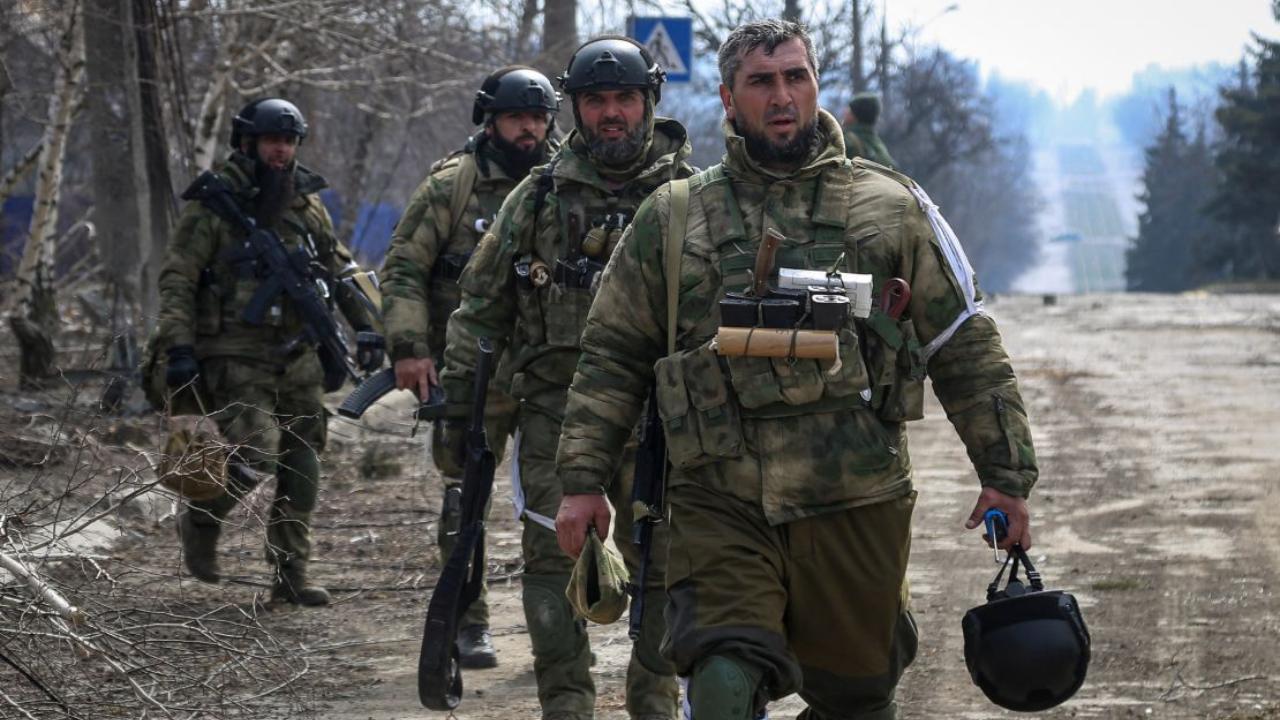
In 2025, Russia’s war economy will have to face a harsh reality as it devotes almost 30% of its GDP to military expenditures, an amount never seen outside of total war. The implementation of ration cards for pensioners in certain areas, such as Kaliningrad, coincides with this significant resource diversion, indicating severe structural economic strain made worse by the more than three-and-a-half-year-long conflict in Ukraine.
Inflation soared to over 9% in late 2024, prompting measures like food stamps, even as the Kremlin maintained economic stability projections. Official military budgets list spending at around 7.2% of GDP, but actual costs run much higher due to indirect expenses.
The Historical Background of Military Expenditures
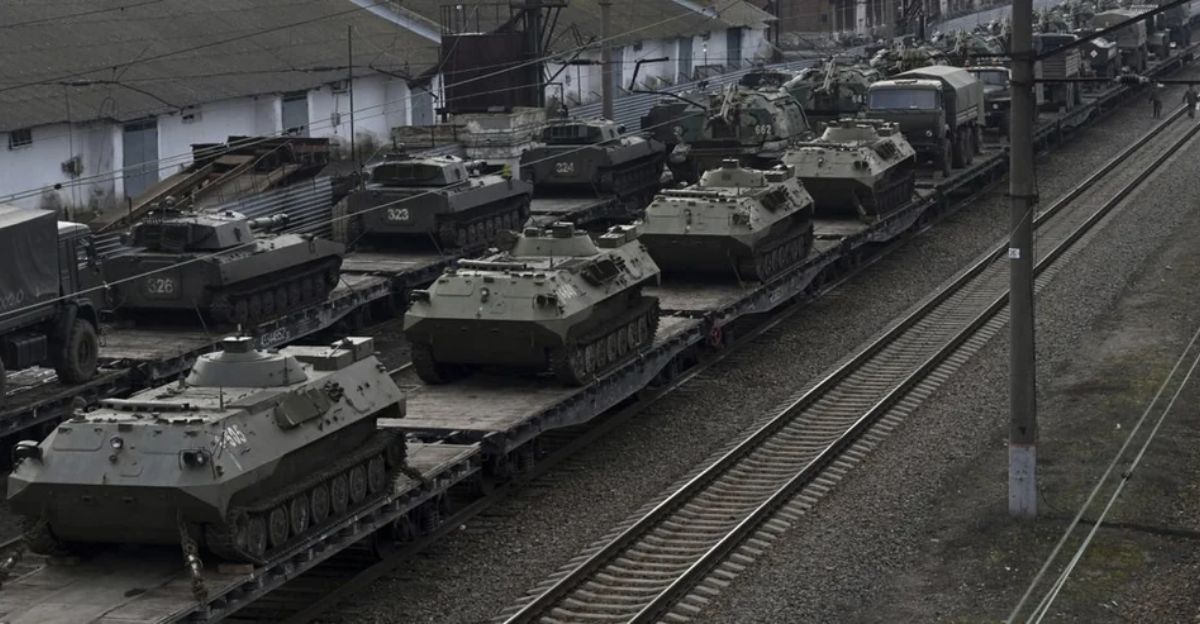
Although the scale is different, Russia’s military spending in 2025 is similar to Soviet Cold War practices: the USSR spent 15-20% of GDP on defense, whereas modern Russia formally allots about 7.5%, with indirect war costs significantly inflating this.
This is comparable to past instances of wartime economies that prioritize defense over civilian costs, like the rationing system in Britain during World War II. However, in contrast to previous total wars, Russia’s current conflict continues without complete national mobilization and is becoming more and more dependent on reservists and foreign troops.
Pressures on the Economy and Inflation
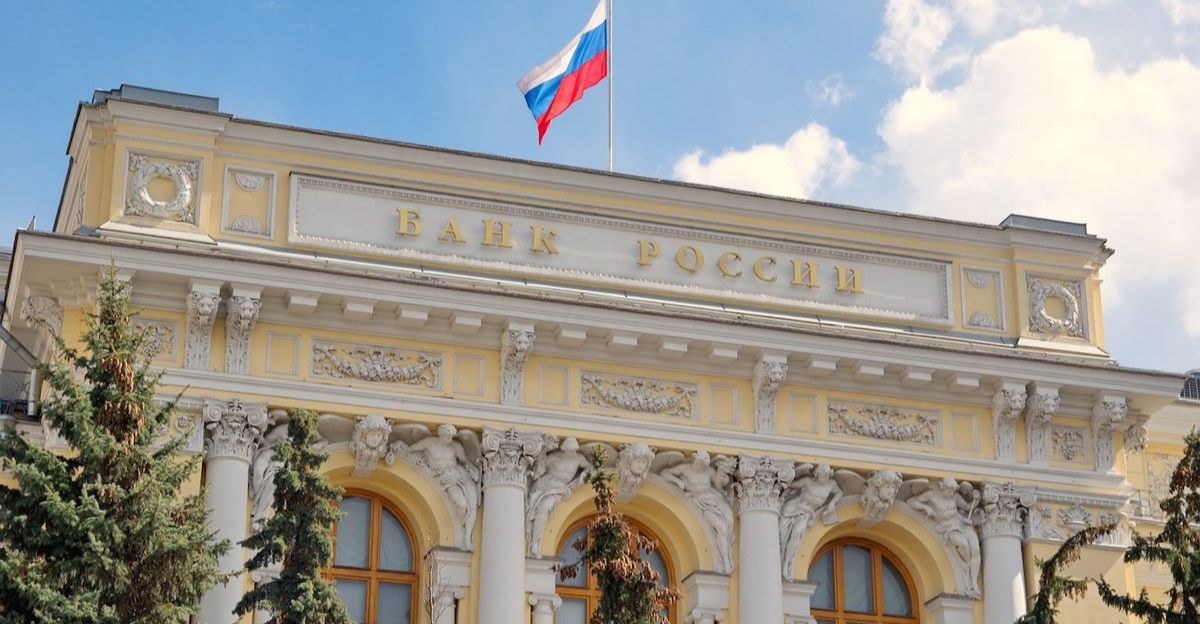
Economic pressure from increased war spending and sanctions drove inflation to over 9% in 2024, leading the Russian Central Bank to raise interest rates to 21%, the highest since the early 2000s.
This reduced inflation to a certain extent but also significantly slowed growth, which was only 1.2% of GDP in 2025. Ration cards are justified as emergency social assistance because of the erosion of pensioners’ purchasing power caused by this inflation.
The Civilian Economy and Labor Market Dynamics
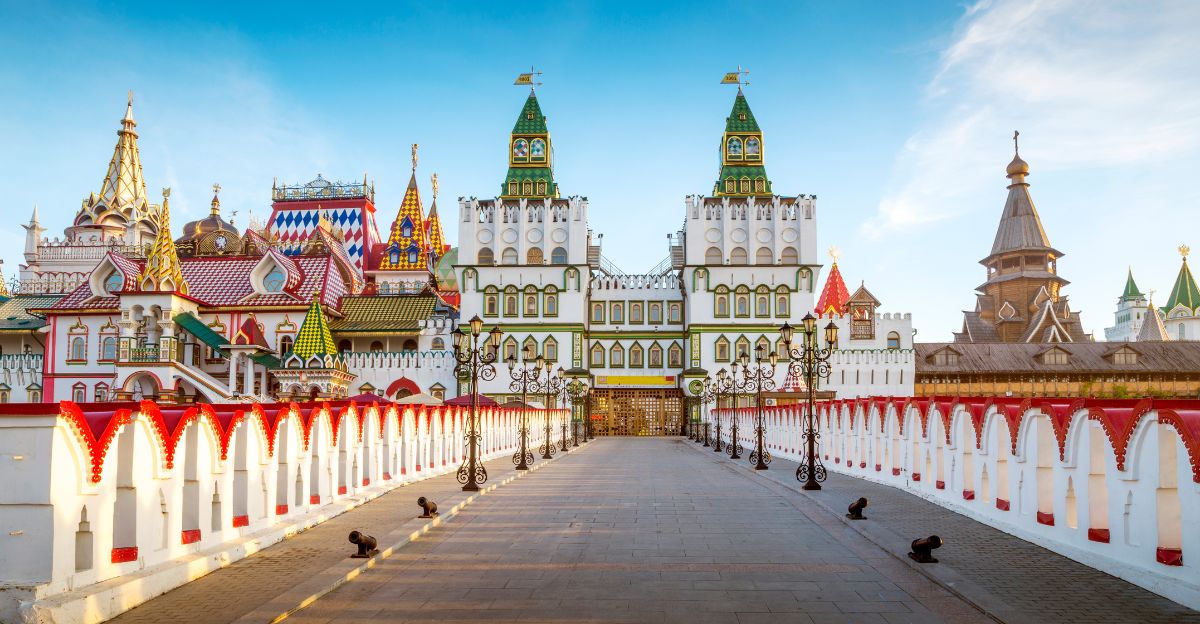
The adoption of four-day workweeks and worker furloughs by large industrial companies are clear indicators of the decline of the civilian economy. Businesses in industries ranging from cement to automobiles point to hidden unemployment and a decline in domestic demand despite the official unemployment rate being at a record low of 2%. This indicates structural changes as traditional industries are marginalized as the public and private sectors give priority to defense-related production.
The fragility of the war economy is exposed beyond military budgets as rising social ration cards are correlated with falling wages and rising living expenses. Under continued sanctions and the commitment to war, these labor market adjustments reflect increasing civilian hardship with few opportunities for structural reforms or economic diversification.
Military Personnel and International Forces
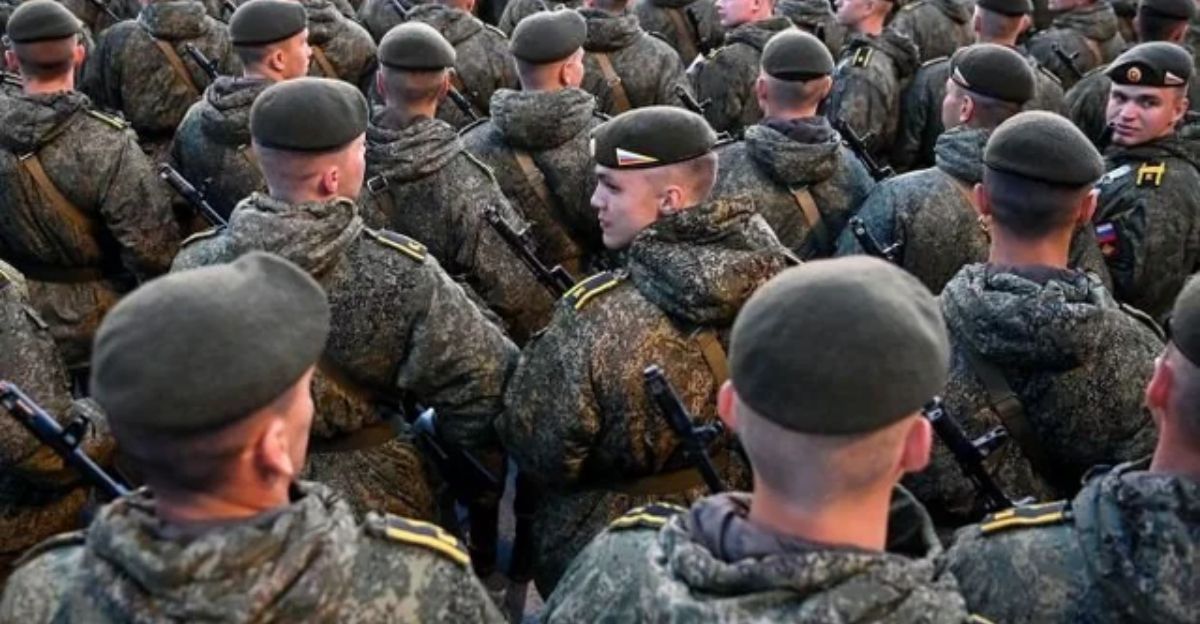
Russia’s military manpower costs skyrocket as it partially avoids unpopular conscription by augmenting its own forces with foreign troops from Cuba, North Korea, and other countries. A 2025 legislative amendment also permits more flexible deployment of active reservists to maintain troop levels in the face of more than one million casualties.
Similar to past instances where protracted conflicts put pressure on labor supplies, this dependence on contracted and foreign troops reflects growing domestic strain. Giving volunteers sizable bonuses increases financial strains and exacerbates economic issues that support civilian austerity measures like ration cards. These factors highlight Russia’s multifaceted manpower strategy to sustain military operations in spite of growing financial and demographic expenses.
Implications for Politics and Strategy
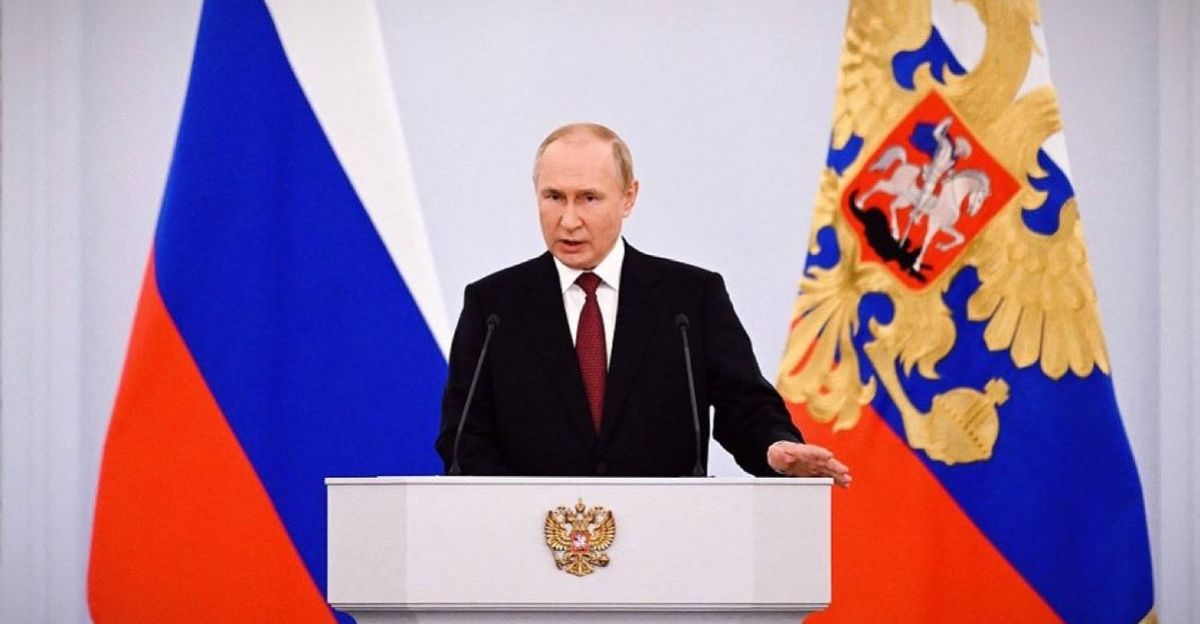
As economic hardship spreads, Putin’s government faces significant political risks, particularly to its core support base of pensioners. Ration cards serve as both a practical social aid tool and a covert acknowledgement of the economic crisis brought on by the strain of war.
Internal pressures are increased by this fragility, which complicates Kremlin narratives of stability and victory. At the same time, the conflict and economic suffering are prolonged by Russia’s aggressive foreign policy, which includes demands for NATO rollback in 2021 and opposition to ceasefires. The loss of the “spirit of Alaska Summit” indicates tougher geopolitical positions in spite of deteriorating domestic circumstances, increasing the likelihood that military aspirations will be undermined by economic collapse.
An Opposition to Ration Cards

Ration cards may seem outdated and reminiscent of Soviet stagnation, but they may also be a paradoxical example of practical crisis management that averts social unrest. In order to prevent immediate humanitarian suffering and possible unrest, the government can reduce inflation shocks among vulnerable groups, particularly pensioners, by managing the distribution of essential foods.
This step, which preserves social stability at the expense of consumer freedom, can be framed as harsh realism in warfare economics rather than as outright failure. The Kremlin may be able to buy strategic time with this harsh approach, postponing systemic collapse until things improve or hostilities cease.
Model of the War Economy Lifecycle
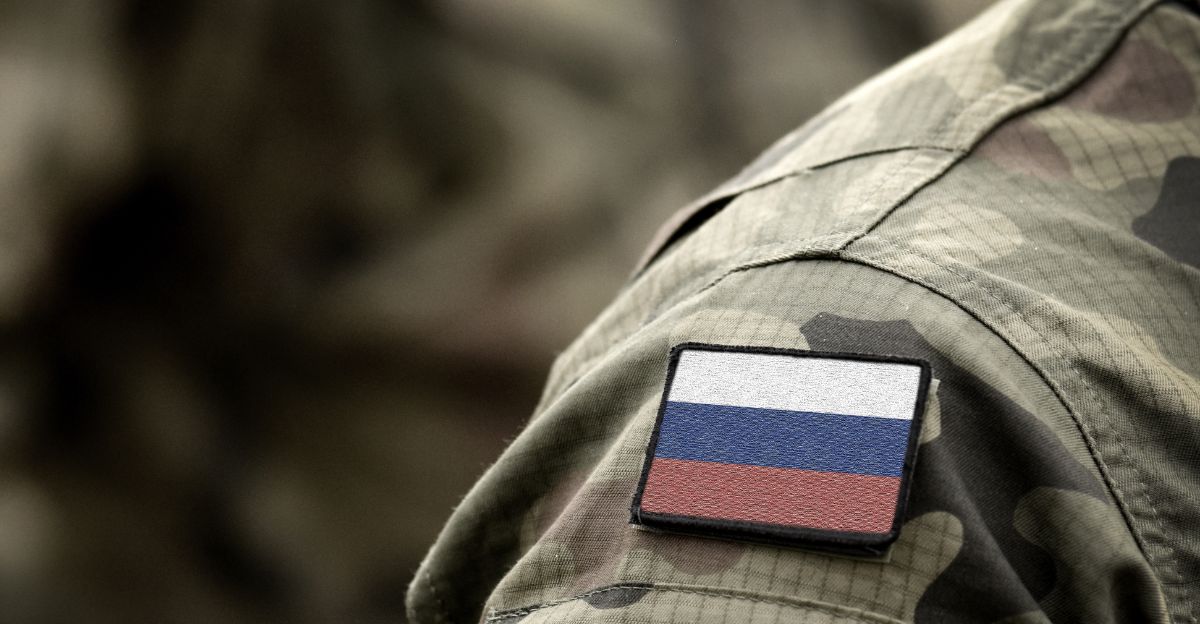
The current state of affairs in Russia is consistent with the War Economy Lifecycle Model: early wartime expenditures spur economic growth through government subsidies; mid-conflict austerity and rationing measures appear as inflation and labor shortages worsen; and, lastly, protracted conflict poses a structural collapse risk in the absence of reform or peace. The ration cards, which balance military priorities with brittle civilian support systems, are a prime example of the social tradeoffs that occur during the mid-conflict phase.
Similar historical events, like the rationing in Britain during World War II or the economic distortions in the Soviet Union during the Cold War, are explained by this model, which emphasizes the inevitable conflicts between the war effort and general economic well-being. Gaining a strategic understanding of this lifecycle helps one anticipate Russia’s future fiscal and social risks.
Effects on Vulnerable Groups and Pensioners
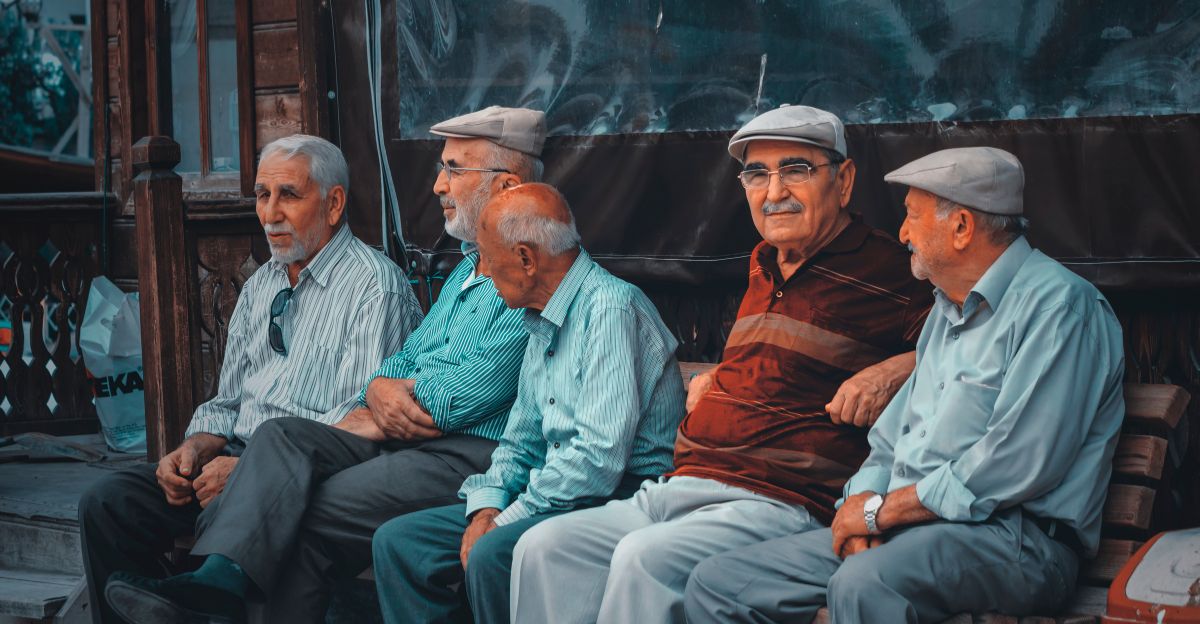
Due to their fixed incomes, limited opportunities to supplement their earnings, and growing healthcare costs, pensioners bear a disproportionate amount of the burden of inflation and supply shortages. Pensioners are the target of food ration cards, which acknowledge this vulnerability and work to mitigate the decline in real income and lower the risk of hunger.
Working-age groups have been impacted by price shocks and widespread labor market declines, which contrast with this selective support. Russia’s strategy highlights the inconsistencies in a war economy’s social contract by attempting to use social policy instruments reminiscent of Soviet-era welfare while adjusting to a significantly altered socioeconomic environment.
The Geopolitical Context and NATO
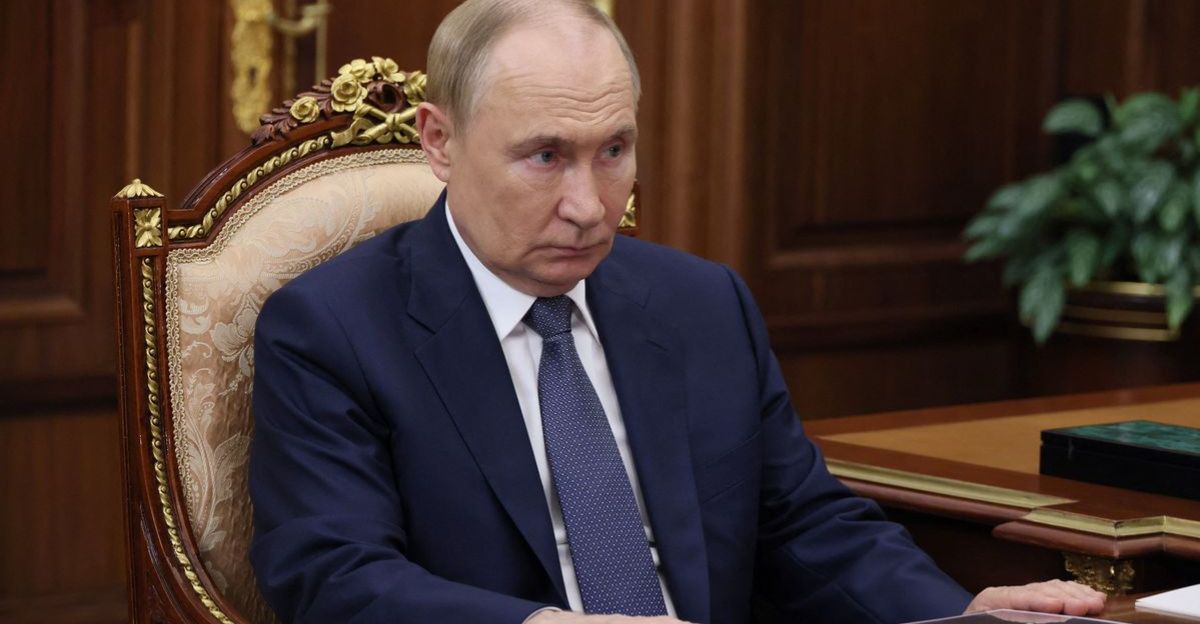
With Europe’s GDP more than ten times Russia’s, NATO’s collective defense spending, which is expected to reach 5% of GDP by 2035, dwarfs Russia’s military budget in absolute terms. This discrepancy exacerbates Russia’s financial burden of maintaining protracted war operations.
Despite being high in relation to its GDP, Russia’s military spending is unable to match NATO’s purchasing power, which exacerbates the depletion of Russian reserves and civilian resources. In light of the tremendous external pressure on Russia’s economy and society, an understanding of this imbalance places ration cards in the context of a larger survival strategy.
Possibility of Prolonged Economic Stress
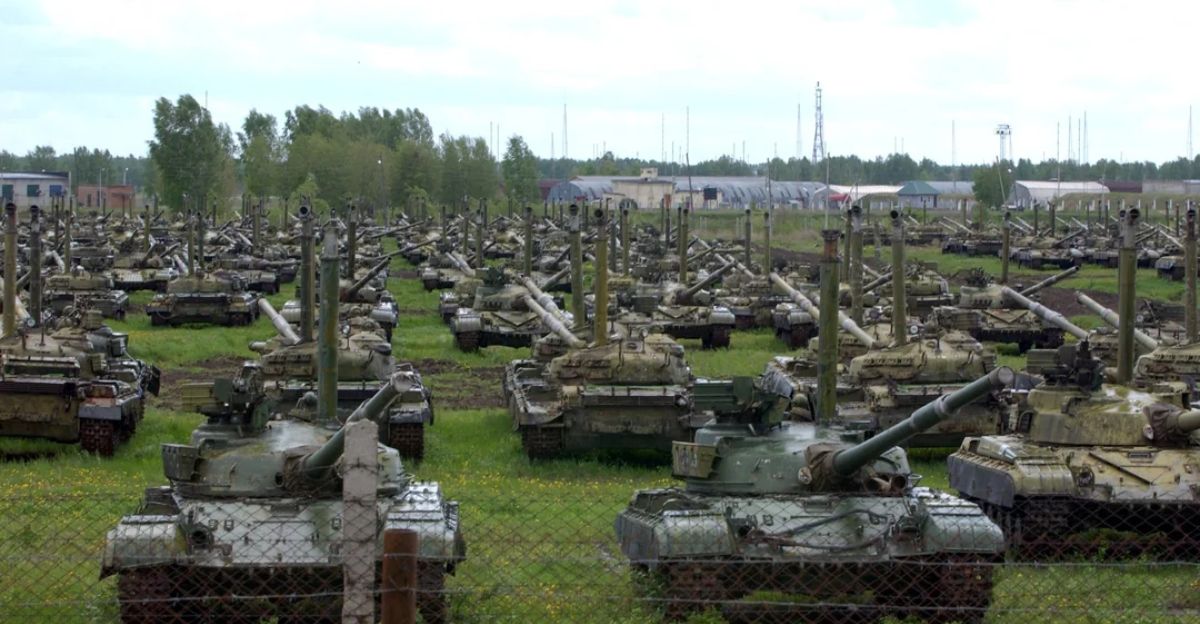
The war economy’s excessive dependence on rationing and military spending raises the possibility of long-term economic hardship and systemic collapse in the absence of reform or peace. Recession or stagnation may result from labor market distortions, declining industrial sectors, and inflation that lowers real incomes. Ration cards highlight deep structural dysfunction and an unsustainable economic model that cannot sustain normal civilian life, even though they are temporarily necessary.
This trajectory raises the possibility of comparison with past failed war economies that fell apart due to a combination of social and military pressures, indicating Russia’s uncertain future in the absence of significant reform.
Potential Effects

Second-order social effects of the ration card policy could include the emergence of black markets, corruption in the card distribution process, and heightened public discontent with the government. Third-order effects could include demographic changes as vulnerable groups and pensioners experience declining health and mortality rates, which could erode social cohesiveness.
Prolonged austerity may weaken the legitimacy of the regime in the eyes of its main supporters. A strategic shift toward diplomatic resolution or, on the other hand, a hardening of militaristic policies to quell dissent may be compelled by economic decline, resulting in unstable feedback loops.
Pilot for the Kaliningrad Region
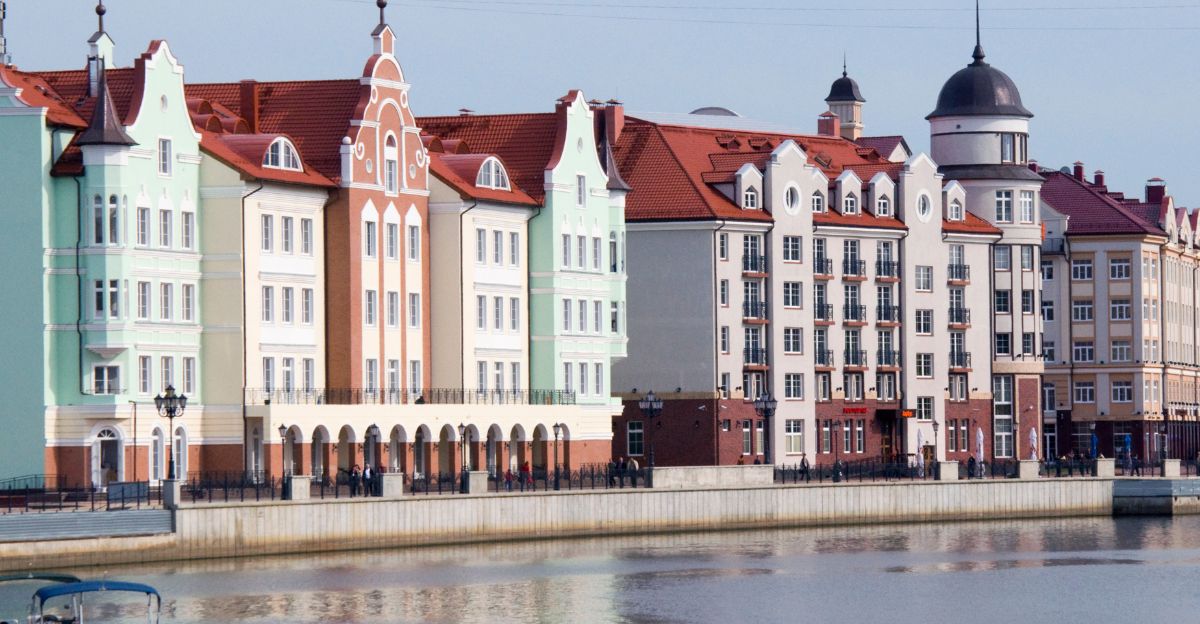
The early implementation of ration cards in Kaliningrad is a microcosm of Russia’s larger problems. The program, which targets pensioners below the subsistence level, attempts to reduce food insecurity in an area that has been severely impacted by inflation and sanctions.
The state’s readiness to reinstate Soviet-style controls and the populace’s conflicted responses of relief and stigma are two lessons to be learned from this pilot. The Kaliningrad case provides information to improve national ration card regulations and assess public acceptance of rationing restrictions in the face of economic hardship.
The Psychological Effects of the War Economy

Ration cards, which evoke memories of scarcity and state control, represent psychological strain on Russian society in addition to economic ones. Pensioners and the general public may become more anxious and pessimistic as a result of this negative effect on public morale.
On the other hand, even modest but evident government assistance can promote resiliency and camaraderie in the face of adversity. Assessing the political and social viability of Russia’s war economy and the role of the ration card policy within it requires an understanding of this psychological balancing act.
In Conclusion
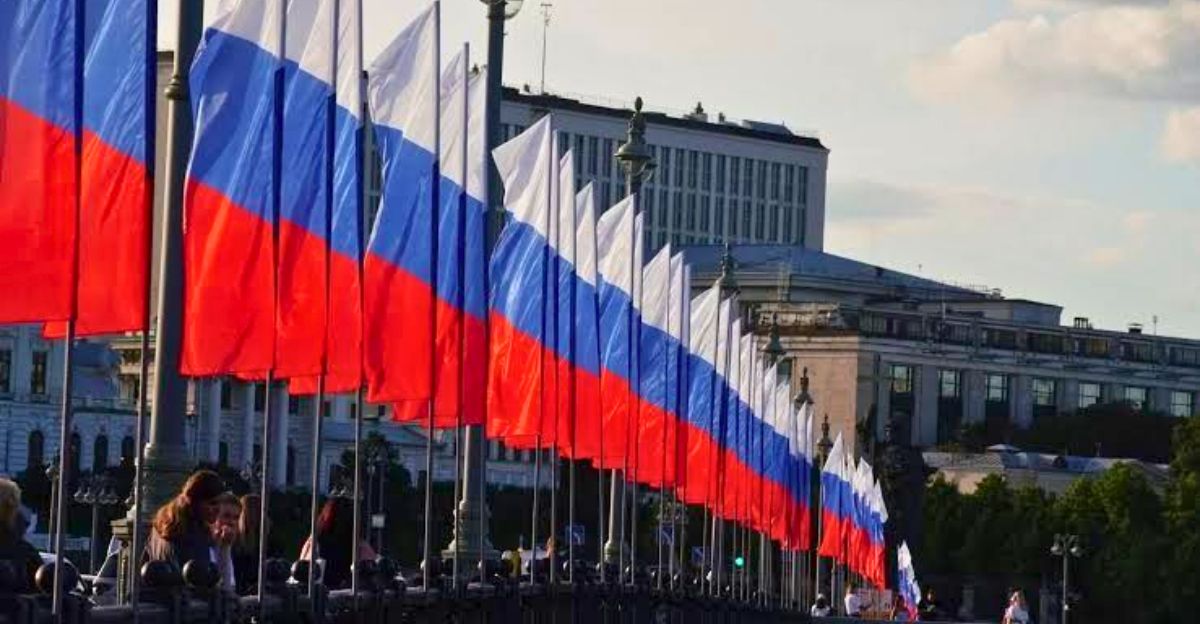
The severe economic and social effects of protracted conflict are best illustrated by Russia’s ration card distribution to pensioners during a war economy that accounts for an estimated 30% of GDP. This policy, which is reminiscent of Soviet rationing, is a sobering but realistic recognition of the hardships faced by civilians as a result of rising inflation and growing military spending.
Ration cards offer crucial assistance to those in need, but they also highlight the larger dangers of the unsustainable war economy, including political instability, long-term economic decline, and labor market distortions. As internal and external pressures tighten, the Kremlin faces the challenge of preserving social stability and military capability, endangering the long-term sustainability of Russia’s current wartime trajectory.